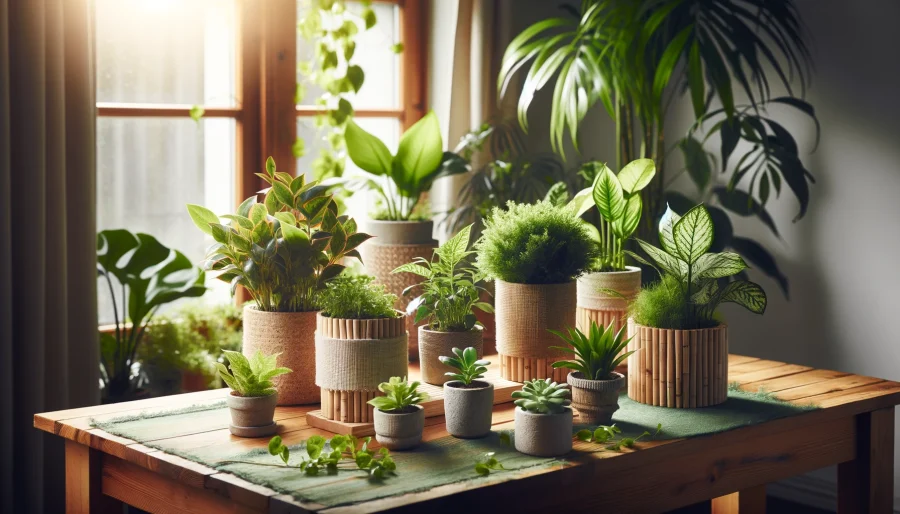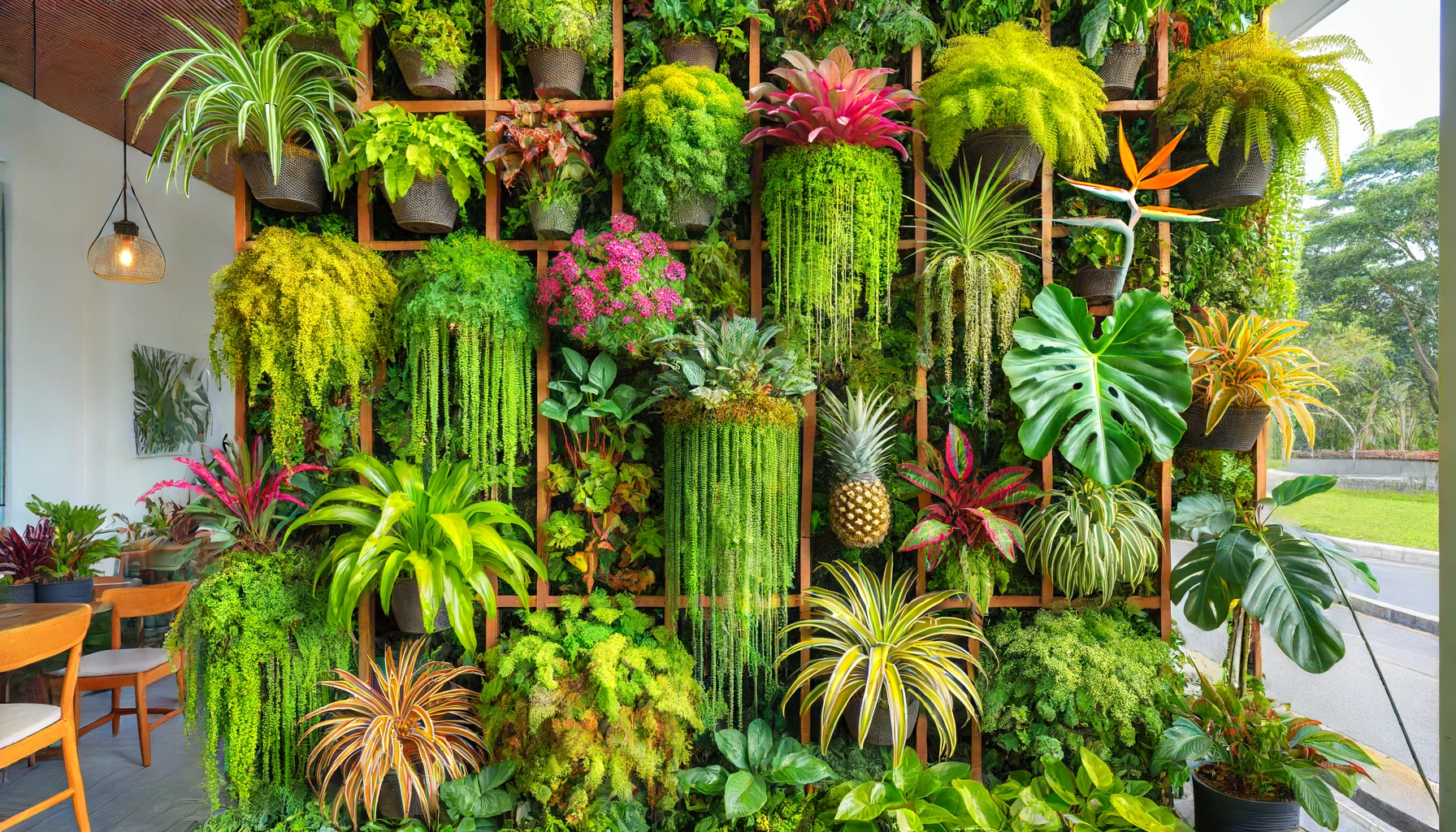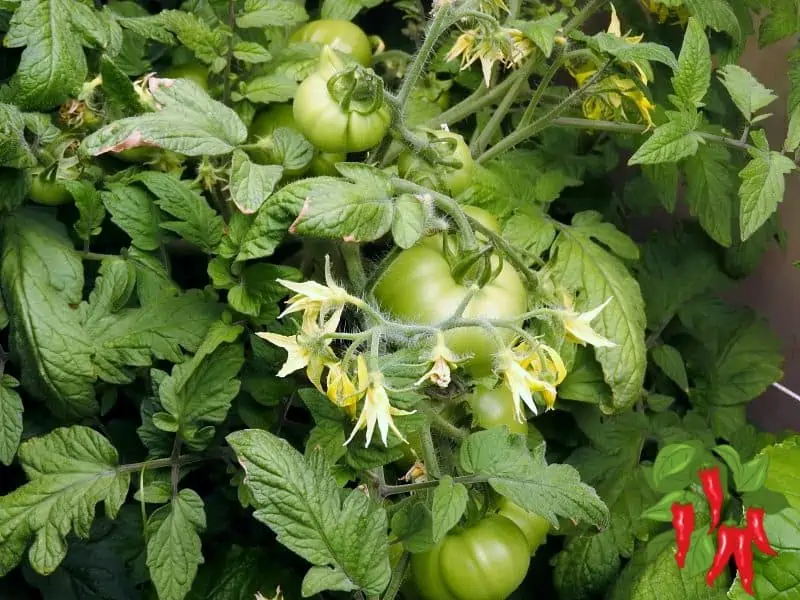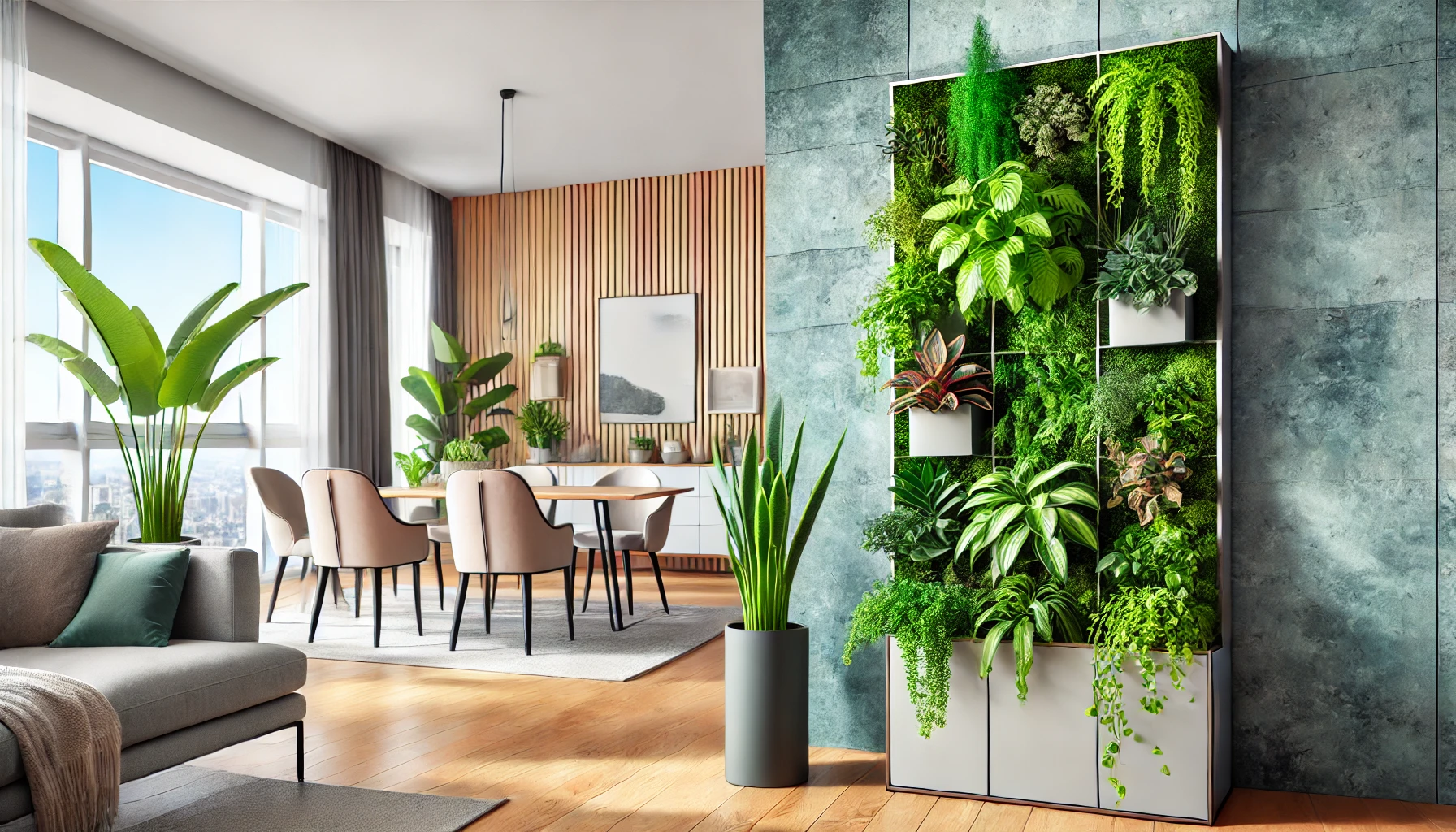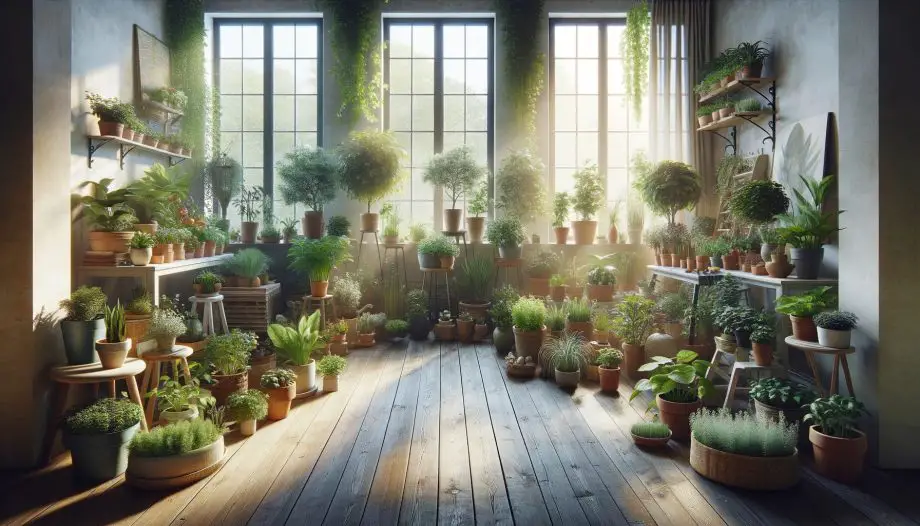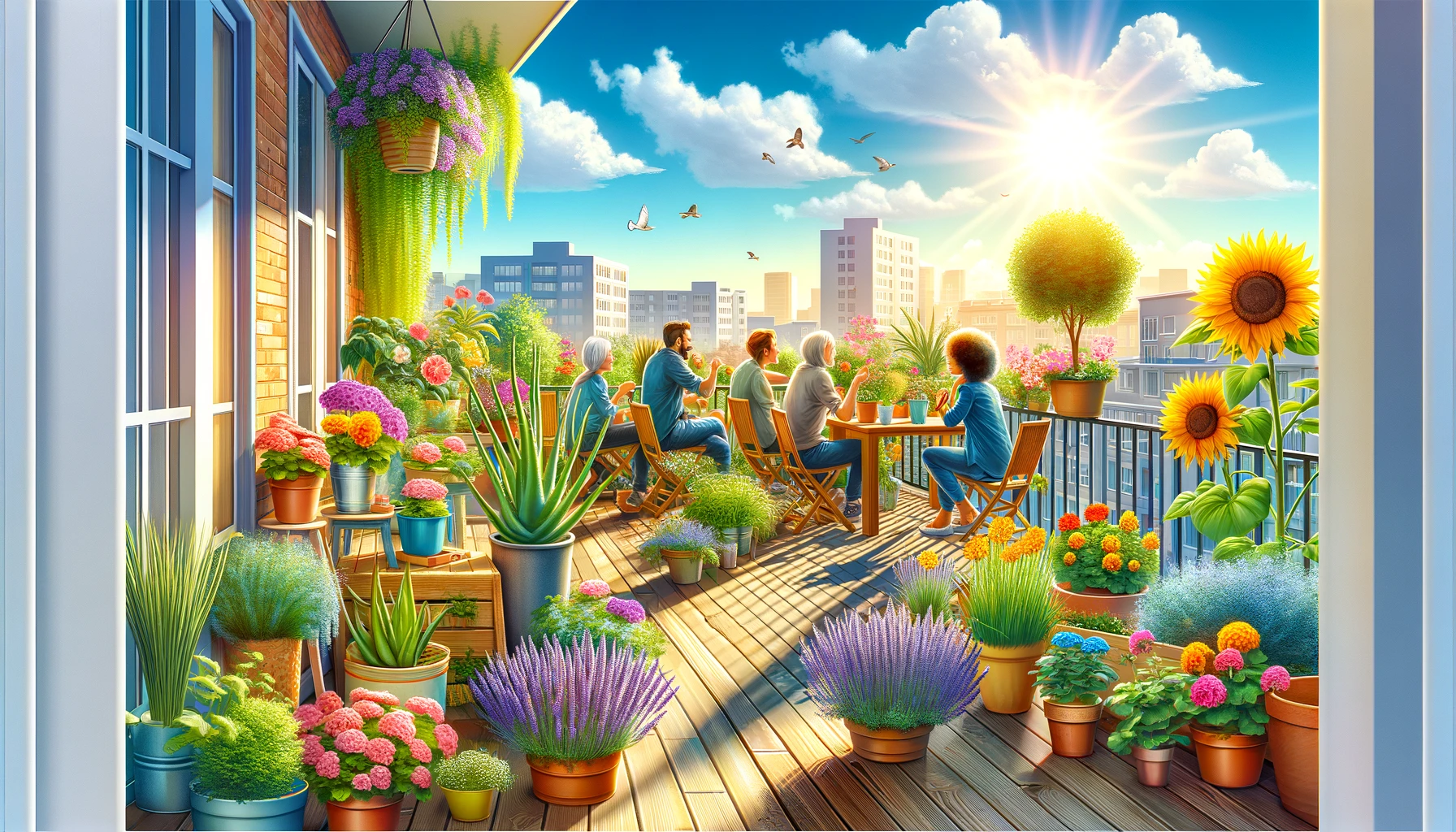This post may contain affiliate links. If you buy something from one of our links we may earn a commission. Thanks
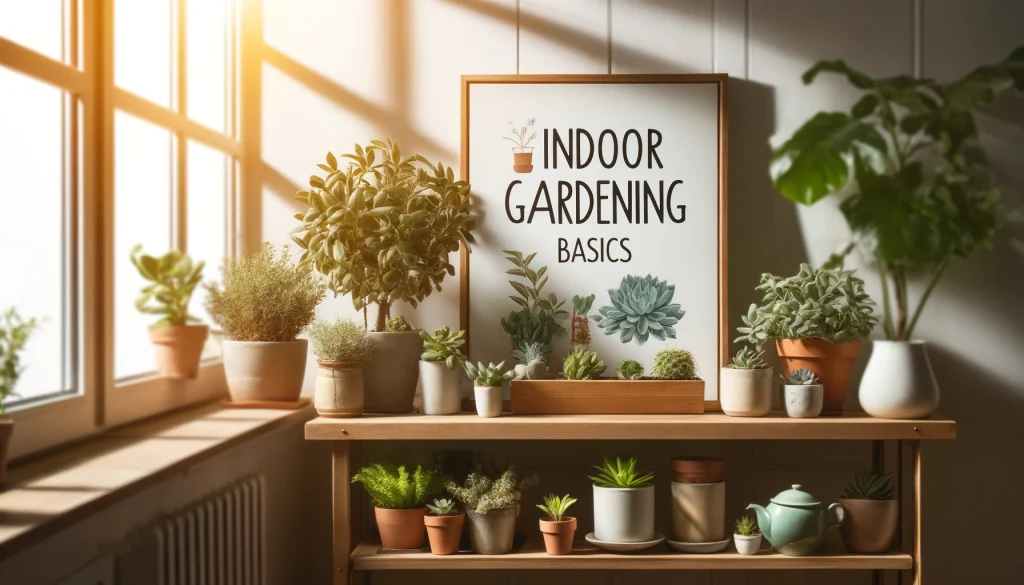
Today, we’re diving deep into the essentials of indoor gardening basics, uncovering the secrets to creating a lush, vibrant garden right in your living word.
Ever wondered how to keep your green friends thriving inside your home? Well, you’re in luck!
Indoor Gardening Basics Key Takeaways
- Understanding indoor gardening basics involves:
- Selecting the right plants,
- Using suitable soil or hydroponic setups,
- Ensuring adequate light and water.
- This basic knowledge helps nurture a healthy and vibrant indoor garden.
Indoor Gardening Basics
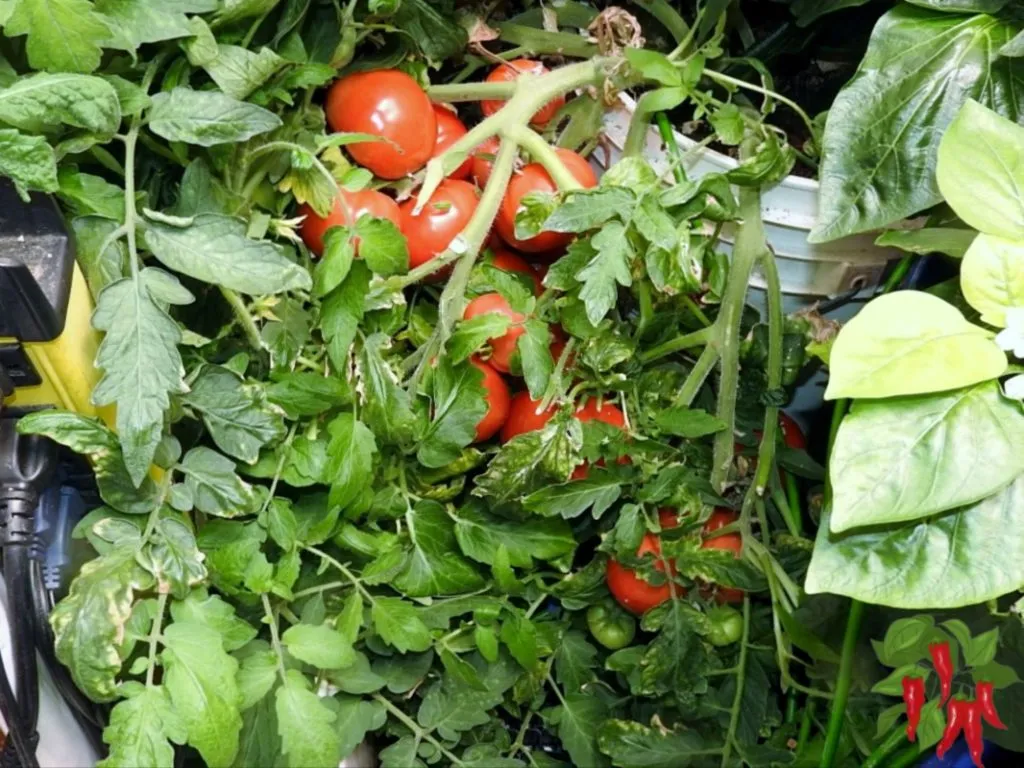
Howdy folks! If you’re looking to bring a slice of nature indoors, you’re in the right spot.
Today, we’re exploring the exciting world of indoor gardening. Whether you’ve got a spacious home or a cozy little apartment, we’ll show you how to start your very own green oasis indoors.
Benefits of Indoor Gardening
- Aesthetic Appeal: Transform your living spaces into a vibrant, eye-catching display of greenery.
- Air Purification: Houseplants can help remove pollutants from the air, making your home healthier.
- Fresh Produce at Home: Grow your own herbs, veggies, and fruits, ensuring you always have fresh produce right at your fingertips.
Why Indoor Gardening is Gaining Popularity
- Accessibility: Perfect for urban dwellers with limited outdoor space. Even a small windowsill or shelf can become a mini garden.
- All-Year Growing: Control over the environment allows for growing plants year-round, regardless of the weather outside.
- Educational: A great way to learn about plants and gardening techniques without a yard.
Indoor gardening is not just a hobby; it’s a practical and fulfilling way to enhance your living space and diet. So why not give it a try? You might just find your thumb is greener than you thought!
Section 1: Choosing the Right Plants
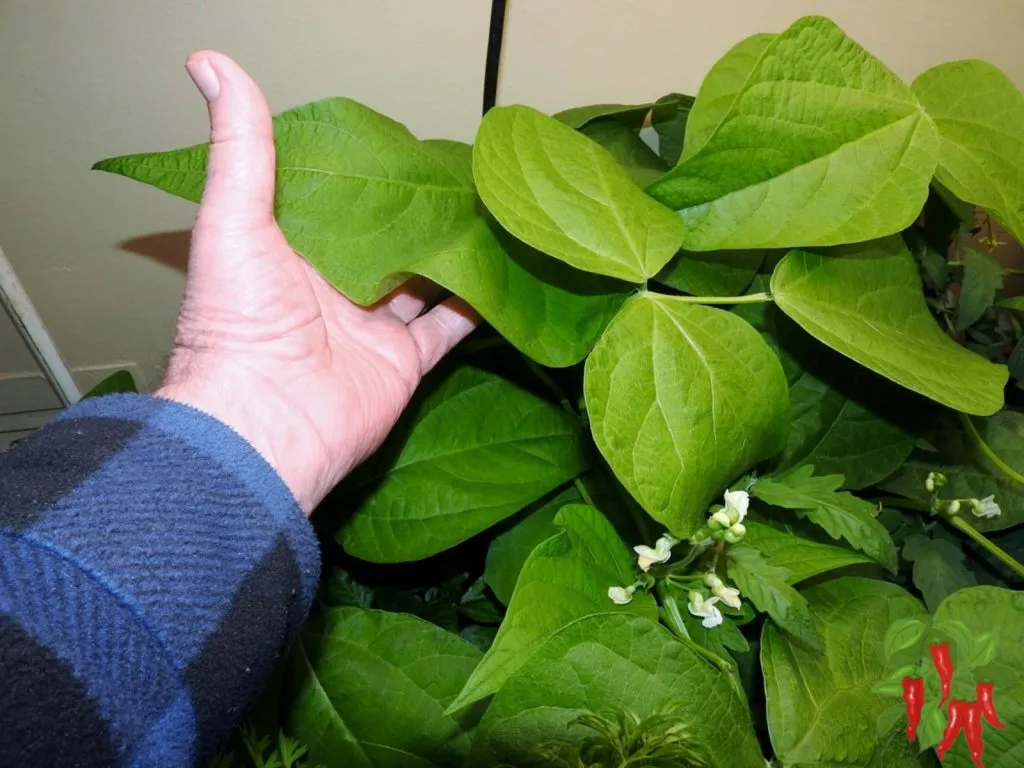
Hey there, green thumbs! Selecting the right plants is crucial for a thriving indoor garden.
Let’s dive into some of the best picks for your indoor spaces, from herbs that perk up your meals to veggies that could make a salad bowl jealous, and not forgetting those decorative plants that also cleanse your air!
Easy-to-Grow Herbs
- Parsley: This versatile herb doesn’t ask for much—some light and occasional water will do.
- Mint: Be careful; it loves to spread! Potting it alone can keep it from taking over.
- Basil: A warm, sunny window is all basil needs to keep you supplied with fresh leaves.
Vegetables Perfect for Indoors
- Tomatoes: With enough light, these can be quite prolific even on a sunny windowsill.
- Lettuce: A quick and easy grower, perfect for continuous harvesting.
- Bush Beans: An easy grower and a non vining type perfect for indoors
- Bunching Onions: Quick, easy to grow and take up little space.
- Carrots: Easy to grow if you have deep pots if not grow a shorter variety like Paris Market.
Air-Purifying Decorative Plants
- Spider Plants: One of the champions of air purification and super easy to care for.
- Peace Lilies: Not only do they clean the air, but their white blooms can brighten up any room.
Growing these plants indoors can boost your mood, purify your air, and just make your home look and feel splendid.
Each plant has its own needs, but generally, a good light source and a little TLC will get you far. Ready to get your garden started? Let’s grow some green!
Section 2: Essential Equipment
Ready for rolling up your sleeves to get into indoor gardening? Well, you’ll need some essential tools and supplies to get started. Let’s talk about what you’ll need to turn those gardening dreams into lush indoor realities!
Must-Have Tools and Supplies
- Pots and Containers: Start with various sizes, depending on the growth potential of your plants. Remember, good drainage is key!
- Soil Mixes: I’m a big fan of coco coir for its excellent drainage and aeration properties. It’s perfect for most indoor plants, especially when blended with perlite or vermiculite for extra porosity.
- Grow Lights: Not enough natural light? No problem! LED grow lights can mimic sunlight to help your plants thrive, even in the darkest corners.
Innovative Planting Methods
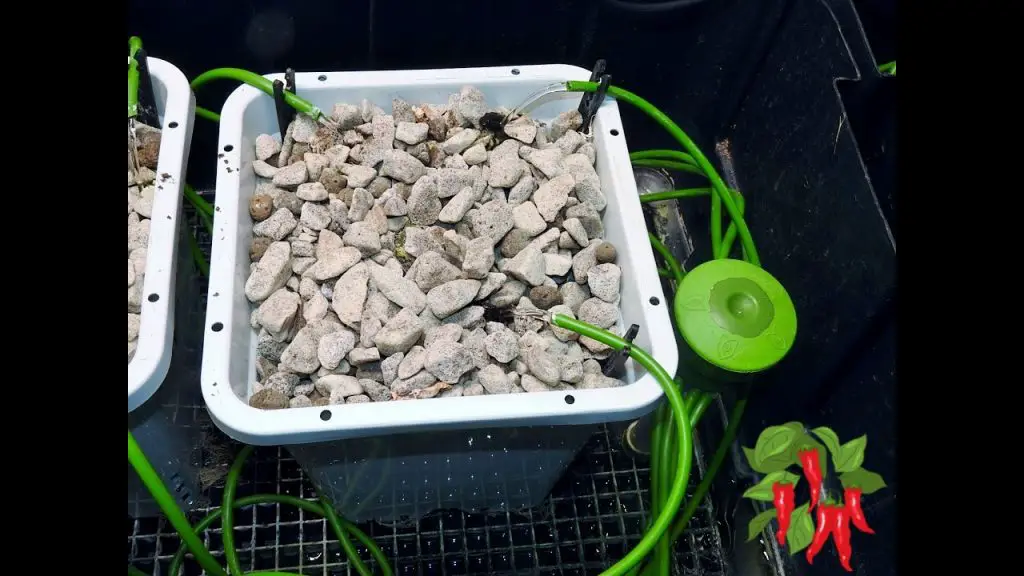
- Grow Tents: If you’re serious about controlling the environment around your plants, a grow tent is a fantastic investment. It helps manage light, humidity, and temperature, which can all boost plant health and growth.
- Hydroponics: This high-tech method involves growing plants in a water solution without the use of soil. Hydroponic systems circulate nutrient-rich water directly to the roots, promoting rapid growth and impressive yields.
With the right equipment, you can create an indoor garden that’s not only productive but also a joy to tend.
Whether you’re setting up a simple shelf of herbs or a full-scale hydroponic garden, these tools will help you get there. Happy gardening!
Section 3: Setting Up Your Space
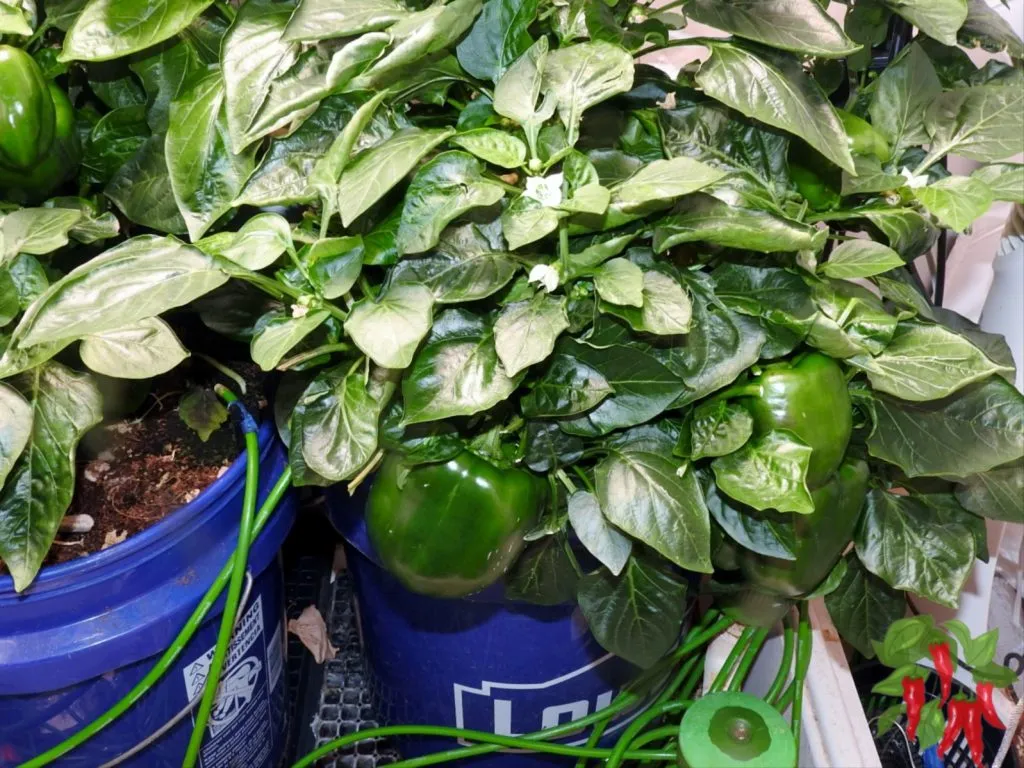
Choosing the right spot for your plants is just as important as picking the plants themselves.
Let’s talk about how to pick the perfect place in your home for your green buddies and how to creatively integrate them into your living spaces.
Choosing the Best Location
- Light Availability: Plants love light! Most need good sunlight, so near a window that gets plenty of sunshine is ideal. South-facing windows usually get the most light, but if that’s not an option, grow lights can fill in the gaps.
- Space Considerations: Consider the size of your space and the growth potential of your plants. Make sure there’s enough room for them to grow without being cramped. Vertical stands or hanging pots can be great space-savers!
Creative Integration into Home Decor
- Functional Furniture: Use multi-functional furniture like bookshelves or room dividers with built-in plant holders. This way, your plants can be beautifully displayed and help define spaces in open-plan areas.
- Dedicated Plant Areas: Create a dedicated ‘green corner’ or a mini indoor garden. This can be a soothing spot for relaxation and can bring a bit of nature indoors.
- Decorative Displays: Mix and match pots and planters of different heights and materials to add visual interest. Incorporating plants into your furniture choices, like a coffee table with a built-in planter, can also be a striking feature.
By thoughtfully selecting the location and creatively integrating plants into your home decor, you not only enhance the aesthetic appeal of your living space but also create a healthier environment.
So, grab those plants and start experimenting with the best spots to show them off. Let’s make your indoor garden a central part of your home’s charm!
Section 4: Maintenance Tips
Hey there, fellow garden enthusiasts! Keeping your indoor garden thriving isn’t just about setting it up; it’s about maintaining it right.
Let’s dig into some essential maintenance tips that will keep your plants happy and healthy, from proper watering practices to tackling those pesky plant pests.
Watering Guidelines
- Check Soil Moisture: Before you water, check the soil moisture. A simple finger test will do—stick your finger about an inch deep. If it feels dry, it’s time to water; if it’s damp, wait a bit longer.
- Water Deeply but Infrequently: It’s better to water deeply and less frequently, which encourages deeper root growth and sturdier plants. Make sure your pots have good drainage to avoid waterlogging.
Understanding Plant Needs from Leaf Conditions
- Yellowing Leaves: This could be a sign of overwatering or poor drainage. It might also indicate a nutrient deficiency, particularly if the yellowing is on new growth.
- Brown, Dry Edges: This often points to underwatering or low humidity, which is common in heated indoor spaces during winter.
- Wilting Leaves: Wilting can occur from both overwatering and underwatering. Check the soil to diagnose the issue correctly.
Dealing with Common Pests
- Prevent Infestations: Keep your garden clean and debris-free. Regularly inspect your plants for early signs of pests.
- Natural Remedies: Use neem oil or insecticidal soap to combat infestations. Introducing beneficial insects like ladybugs can help control aphids naturally.
Ensuring Proper Plant Nutrition
- Regular Feeding: Feed your plants with a balanced fertilizer every few weeks during the growing season. In winter, reduce feeding as plant growth slows down.
- Tailor Nutrients: Different plants have different nutrient needs. For example, flowering plants may benefit from a fertilizer with higher phosphorus content to encourage blooms.
By following these tips, you can ensure that your indoor garden remains a lush, vibrant sanctuary.
Regular maintenance not only helps your plants grow better but also enhances your home’s environment, making it a healthier place for you and your plants. Let’s keep those indoor gardens flourishing!
Section 5: Advanced Techniques
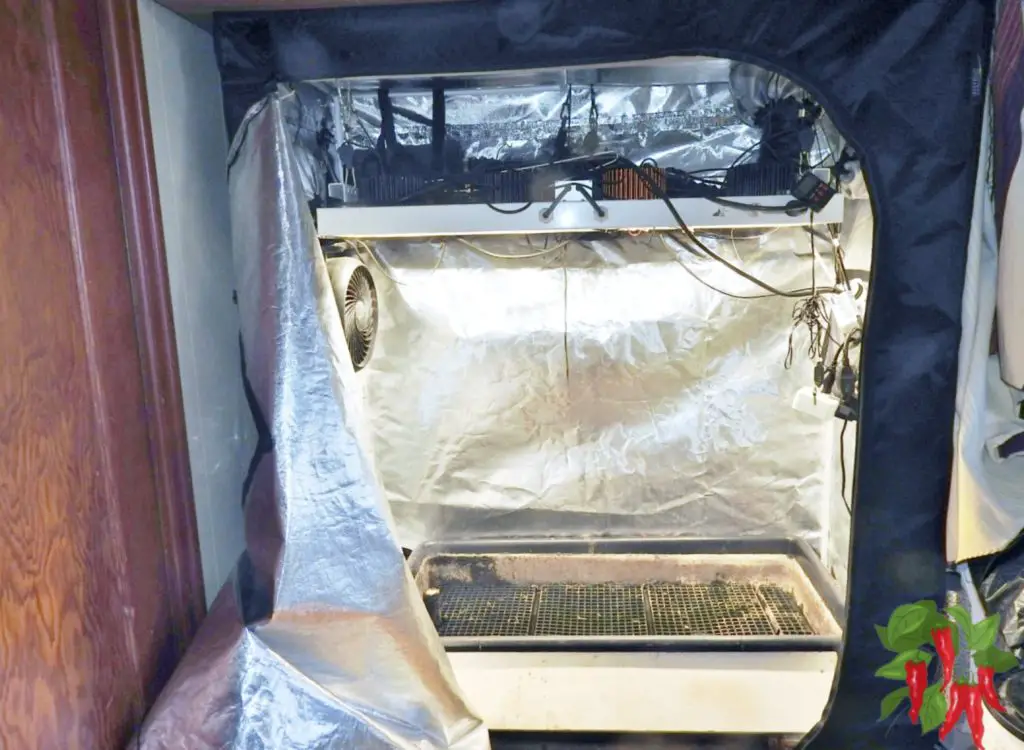
Ready to step up your indoor gardening game? Let’s explore some advanced techniques like hydroponics and vertical gardening that can help maximize your space and boost your plant growth.
These methods are perfect for those looking to get a little more from their indoor garden.
Hydroponics: Fast and Prolific Growth
- What is Hydroponics? This method involves growing plants in a water-based, nutrient-rich solution, skipping the soil altogether.
- Benefits: Hydroponics allows plants to grow faster and more prolifically because they can access nutrients more easily and efficiently. This setup also reduces the risks of soil-borne diseases and pests.
- Space Efficiency: Hydroponic systems can be set up vertically, using less floor space, making them ideal for small apartments or areas with limited room.
Vertical Gardening: Efficient Use of Space
- Going Up: Vertical gardening involves growing plants upwards using trellises, wall planters, or stacked layers. This not only saves valuable floor space but can also turn a blank wall into a lush garden.
- Benefits: Besides being a great space-saver, vertical gardens can also help improve air quality throughout your home and can be a real visual treat.
- Examples: From simple setups with hanging pots to elaborate shelving units with integrated watering systems, there’s a vertical solution for every type of gardener.
These advanced techniques are not just about saving space; they’re about transforming your indoor gardening into a more productive, efficient, and enjoyable activity.
Whether you’re a seasoned green thumb looking for a new challenge or a beginner wanting to dive deeper, hydroponics and vertical gardening are exciting paths to explore.
Section 6: Overcoming Challenges
Even the most seasoned indoor gardeners face challenges from time to time.
From fighting off pests to mastering the climate inside your home, let’s break down how to tackle some common indoor gardening issues so you can keep those plants thriving!
Troubleshooting Common Issues
- Inadequate Lighting: If your plants are not getting enough light, they may start to look leggy and pale. Consider using grow lights that mimic natural sunlight to give your plants the boost they need.
- Pest Infestation: Keep an eye out for signs of pests like discolored leaves or visible bugs. Neem oil and insecticidal soaps are effective and environmentally friendly ways to handle most indoor garden pests.
- Plant Diseases: Overwatering is a common cause of diseases like root rot. Make sure your pots have good drainage and that you’re letting the soil dry out between waterings to prevent issues.
Climate Control Tips
- Humidity Levels: Many houseplants thrive in higher humidity. Using a humidifier can help, especially during dry winter months when indoor heating can drop humidity levels dramatically.
- Proper Ventilation: Good air circulation is crucial for preventing mold and mildew. Use fans or keep air moving with natural air flows from open windows, but avoid placing plants in drafty areas.
By addressing these challenges head-on, you can ensure that your indoor garden remains a healthy and vibrant part of your home.
Remember, the key to successful indoor gardening is not just reacting to problems but preventing them with good practices. Keep those green thumbs up, and happy gardening!
Section 7: Harvesting and Propagation
Howdy, green friends! Ready to reap the rewards of your indoor garden? Let’s dig into how to harvest your plants properly and explore propagation techniques to expand your garden without pinching your wallet.
Here’s the scoop on how to keep the fruits of your labor coming and your garden growing!
When and How to Harvest Your Plants
- Timing is Key: Harvesting at the right time ensures the best flavor and longevity of your plants. For example, herbs should be harvested before they flower for the best taste and oils.
- Technique Matters: Use sharp scissors or pruning shears to cut herbs and vegetables. This prevents damage to the plant and encourages new growth. For leafy greens like lettuce, harvest the outer leaves first to allow the center leaves to continue growing.
How to Propagate Plants
- Stem Cuttings: This is one of the easiest methods. Simply cut a 3-4 inch piece from a healthy plant, remove the lower leaves, and place the stem in water or directly into soil. Roots should begin to form within a few weeks.
- Division: This method works well for plants that grow in clumps, like hostas and daylilies. Gently divide the root ball at the base and replant each section in its own pot.
- Layering: Some plants naturally produce roots where their branches touch the ground. You can encourage this by pinning a low-lying branch into a small pot of soil while it’s still attached to the parent plant.
By mastering harvesting and learning to propagate your plants, you can enhance your indoor garden and enjoy an evergreen hobby that keeps on giving.
Don’t be afraid to experiment and find what works best for your plant buddies! Happy gardening, y’all!
Frequently Asked Questions About Indoor Gardening
Got questions about indoor gardening? You’re not alone! Whether you’re just starting out or looking to solve a specific problem, our FAQ section is here to help.
Dive into these commonly asked questions to get more insights and tips on making your indoor garden flourish. Let’s get those queries answered and keep your green spaces thriving!
Q: How to start an indoor garden for beginners?
A: Choose easy-to-grow plants and essential equipment like pots, soil, and grow lights.
Q: What 7 things do plants need to grow indoors?
A: Light, water, air, nutrients, proper temperature, humidity, and the right soil or growing medium.
Q: What vegetables can be grown indoors all year round?
A: Lettuce, tomatoes, peppers, and herbs like basil and parsley.
Q: Do indoor gardens really work?
A: Yes, they can be highly productive with the right setup and care.
Q: What are the disadvantages of growing plants indoors?
A: Limited space, potential for pests, and the need for artificial lighting.
Q: How do you grow a successful indoor garden?
A: Use high-quality soil or a hydroponic system, ensure sufficient lighting, and maintain the right climate.
Q: What is the best soil for indoor vegetables?
A: Soil-free potting mixes or coco coir are excellent for indoor use as they prevent disease and provide good drainage and aeration.
Q: What vegetables can I grow under grow lights?
A: Almost any vegetable can be grown under grow lights, especially greens like spinach and herbs.
Q: What are the most profitable plants to grow indoors?
A: Herbs, salad greens, and specialty vegetables like microgreens are typically most profitable.
Conclusion: Embracing Indoor Gardening
Howdy, folks! As we wrap up our journey through the world of indoor gardening, I hope you’re feeling inspired to start or enhance your own green oasis.
Indoor gardening isn’t just about beautifying your home—it’s about creating a healthier, more vibrant living space.
From fresh herbs to blooming flowers, the benefits of bringing a bit of nature indoors are vast and varied.
Key Takeaways:
- Enhances Air Quality: Indoor plants can help purify the air, removing pollutants and improving overall air quality.
- Boosts Mental Health: The act of caring for plants has been shown to reduce stress and promote a sense of well-being.
- Provides Fresh Produce: Imagine the convenience and satisfaction of picking your own herbs and veggies right from your living room.
- Aesthetic Appeal: Plants add beauty and a touch of nature to any interior design, enhancing the overall ambiance of your home.
Ready, Set, Grow: Embracing the Joys of Indoor Gardening
Whether you’re looking to start with a few small pots on your windowsill or ready to dive into a full-blown hydroponic system, each step you take brings you closer to a rewarding relationship with nature.
So why wait? Get planting and watch as your indoor garden grows, not just in foliage but also in the joy it brings to your life. Happy gardening, y’all! Stay green!
Learn more: Indoor Apartment Gardening: 15 Point Comprehensive Guide
Resources Section: Indoor Gardening Basics
If you’re looking to deepen your understanding of indoor gardening or tackle specific challenges, here’s a selection of valuable resources from reputable educational institutions.
These articles provide a wealth of information on everything from plant care to the science of indoor gardening.
- Growing Indoor Plants with Success – This guide from UGA Cooperative Extension offers detailed insights on light and temperature conditions ideal for various indoor plants, ensuring your indoor garden thrives in your home environment. Read the full guide here
- Starting Plants from Seed for the Home Gardener – This article provides essential information on the best practices for starting plants from seeds, including the importance of light, temperature, and proper seed-starting media. Explore seed starting methods
- Home Gardening – Dive into the basics of setting up a home garden, with practical tips on everything from soil preparation to watering, ensuring a productive indoor garden. Learn more about home gardening
These resources offer valuable information that can help both novice and experienced gardeners enhance their indoor gardening skills. Happy gardening!

